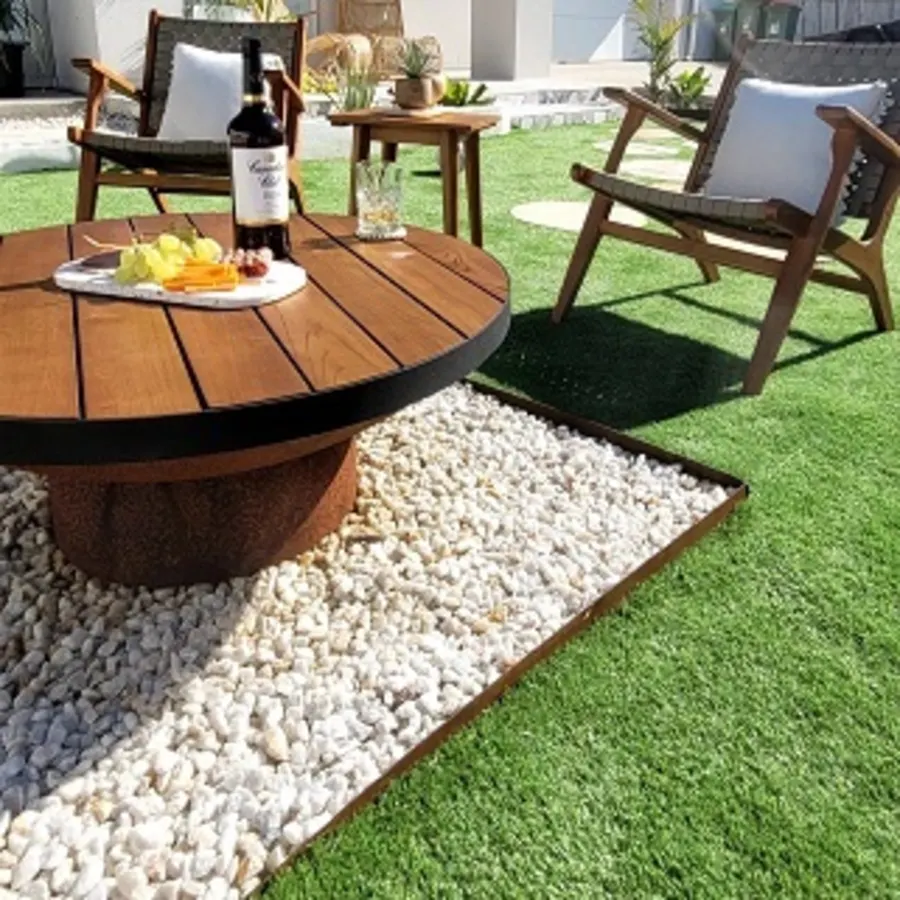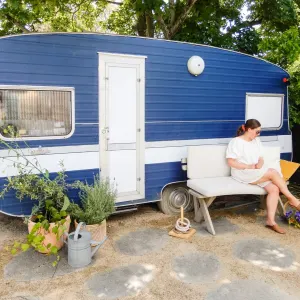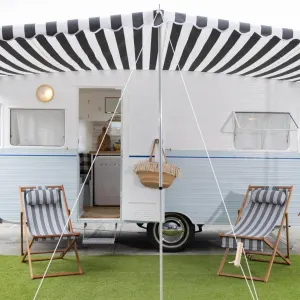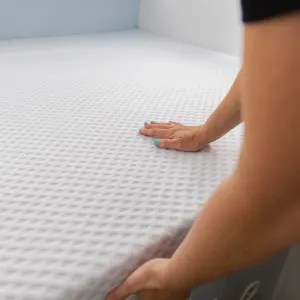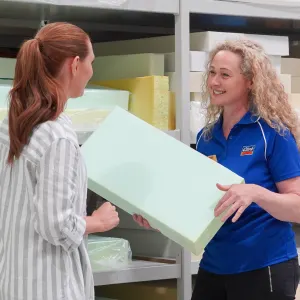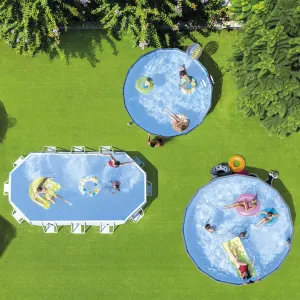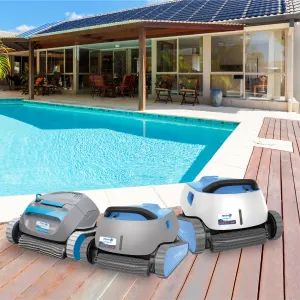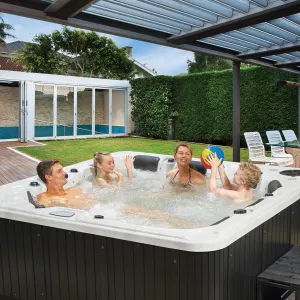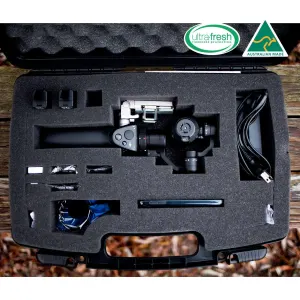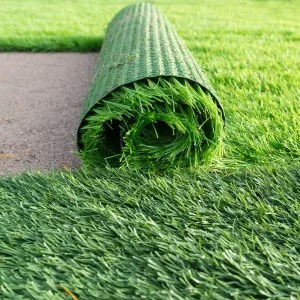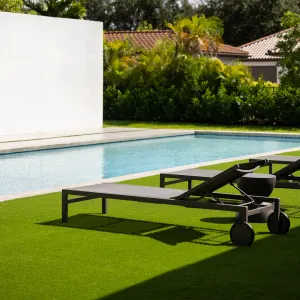If you're like us and love a good DIY project while saving a few $$ along the way then READ THIS POST

1. If the grass goes up against a pathway, driveway, etc you would usually want to excavate enough to make sure everything fits nicely i.e the aim is to have the grass to end up level or a bit higher than the joining surfaces.
The WINDSOR Artificial grass from Clark Rubber is 35mm high so here's how we worked out our excavation number

2. Once the excess soil is removed, conduct a good site clean up and make sure no debris is left in the soil. This is how ours was after excavation, we did have a little bit to clean up but it was worth doing. Don't worry too much about the uneven bits of soil, as long as they're not too high.. it'll all be flattened later on.
3. Next thing we did was fit all our steel garden edging along the timber fencing and the driveway.
4. Spread your crushed rock all over the surface and use a plane compactor to flatten the surface. Depending on what thickness you're going with, to get a firm and solid base, best to do about 30mm at a time.

We also found that compacting it bit by bit allowed us to see which sections needed some more and which ones had too much... definitely easier to correct it that way.

5. Once turned into a nice solid base, add your crusher dust and use the plate compactor again. At this stage, you should be able to do the whole amount in one go if you want.
Now that you have a nice flat area, time to lay your pavers with a bit of mortar.. we made sure to work out the design we wanted with the pavers beforehand so we didn't have to fiddle around with it comes the time to install them.

ONTO THE GRASS INSTALLATION:

- Roll out the full roll of artificial grass up to where it needs to stop, measure it on both sides and cut it. Once in place, fold it as per the picture below

Once your cuts are done, fold the rest out and lay it flat. Do the same thing for the rest of the strips.
tank, pavers, rendered wall...etc... that we did have do the cutout some of the edges and the pavers first before joining the strips. Do what would work best for you and your situation... there's no right or wrong. Just tripple check everything before cutting


The last couple of steps are the easiest but one thing we did learn is that there was a specific type of sand for artificial grass and you also need to make sure the grass is COMPLETELY DRY before adding the sand... not following this little step will completely ruin all your hard work. So check your weather forecast and make sure you've got some sunlight before starting this step.

